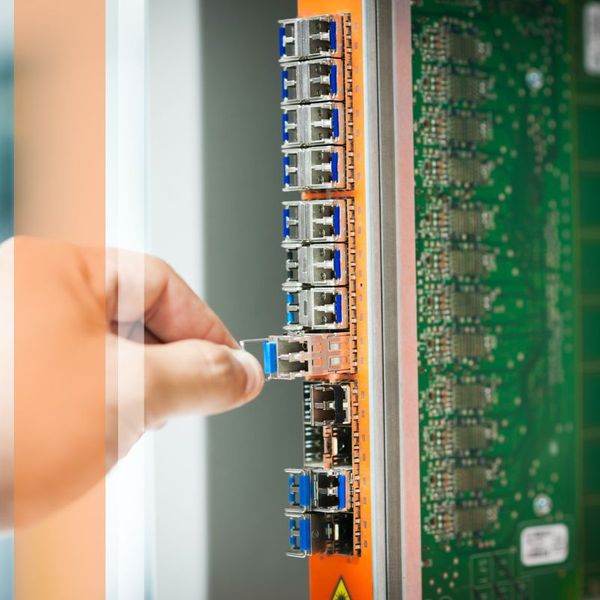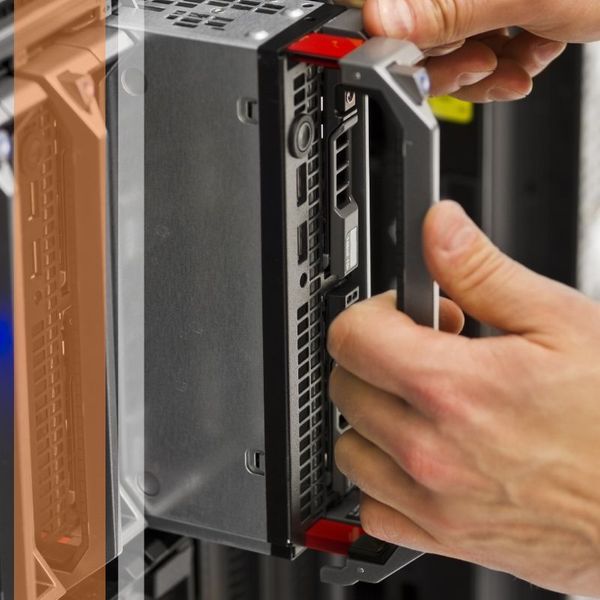Data Center Electrical Services, Maintenance, and Emergency Power Solutions

Maintaining the core infrastructure of a data center is non-negotiable for uptime and reliability. Texas Industrial Infrastructure Services, LLC (Texas IIS) provides comprehensive, certified solutions to keep your mission-critical facilities operational 24/7. Our expertise spans advanced installations, meticulous upkeep, and robust backup systems. Discover how our data center electrical services ensure peak performance and resilience for your enterprise. Contact Texas IIS today to schedule a comprehensive facility assessment and ensure your data center is fully protected.

Unmatched Data Center Electrical Services for Mission-Critical Operations
Texas IIS is your trusted partner for high-voltage and low-voltage electrical systems within mission-critical environments. We handle everything from the initial design and installation of complex distribution networks to capacity upgrades and complete facility build-outs. Our licensed electricians specialize in busway systems, switchgear, panelboards, and all power components vital to your operation. Our focus on precision and compliance guarantees an optimized, safe, and scalable electrical infrastructure. Request a consultation now to plan your next data center infrastructure upgrade.

Proactive Data Center Maintenance Programs for Maximum Uptime
Downtime is not an option in a modern data center. Our custom-tailored data center maintenance programs are designed to identify and mitigate risks before they impact operations. We provide comprehensive preventive maintenance on critical assets like UPS systems, PDUs, transfer switches, and cooling units. Regular inspections, thermal scanning, and load testing are key components of our proactive approach, extending the lifespan of your equipment and maintaining manufacturer warranties.
Our Core Competencies in Data Center Infrastructure
Texas IIS provides the specialized technical execution required to support the massive power demands of modern computing environments.
Preventive Maintenance
Scheduled testing and service for all critical electrical components.
Electrical Infrastructure
Installation and optimization of medium and low-voltage distribution systems.
Emergency Response
24/7/365 availability for immediate power and cooling crises.
System Testing
Load bank testing, arc flash studies, and power quality analysis.
Compliance
Ensuring all installations meet NFPA, NEC, and relevant regulatory standards.

Reliable Data Center Emergency Power and Backup Systems
Protecting your facility against unexpected outages requires robust data center emergency power solutions. Texas IIS installs and services industrial-grade generators, automatic transfer switches (ATS), and uninterruptible power supply (UPS) units. We ensure seamless failover capabilities, guaranteeing continuous operations during utility disruptions. From fuel management to battery replacement, our team is trained to deliver total power assurance.
The Texas IIS Data Center Reliability Checklist
Our commitment to keeping your operations running means following a strict protocol that covers all critical failure points. This essential checklist defines our full-service approach to infrastructure management, ensuring you have peace of mind regarding your vital systems:
System Diagnostics
Comprehensive analysis of UPS systems, ATS units, and switchgear for optimal health.
Thermal Scanning
Non-invasive infrared imaging to detect hidden hot spots and prevent electrical faults.
Generator Load Testing
Full-load simulation to verify the generator and fuel system will perform reliably during a true emergency.
Regulatory Compliance
Auditing and updating infrastructure to meet all local, state, and national safety codes.

Specialized UPS and PDU Systems Installation and Service
The UPS (Uninterruptible Power Supply) and PDU (Power Distribution Unit) are the heart of your power stability. We provide expert installation of single and three-phase UPS systems, coupled with efficient PDU deployment for seamless rack-level power delivery. Our technicians are certified to work with all major UPS brands, ensuring your intermediate power layers are installed, configured, and maintained perfectly.
Rapid-Response Data Center Emergency Services
When a fault occurs, speed and accuracy are everything. Texas IIS offers immediate data center emergency power response across Texas. Our technicians arrive with the expertise and tooling necessary to quickly diagnose electrical failures, generator issues, or critical cooling malfunctions. We prioritize fast, safe fault isolation and recovery to minimize disruption and protect high-value IT assets.
Ready to Secure Your Data Center's Future?
Take the next step in securing your mission-critical operations. Our experts are ready to design a custom service plan that integrates electrical, maintenance, and emergency power support perfectly. Reach out to Texas IIS today to get a quote and fortify your data center’s reliability.
